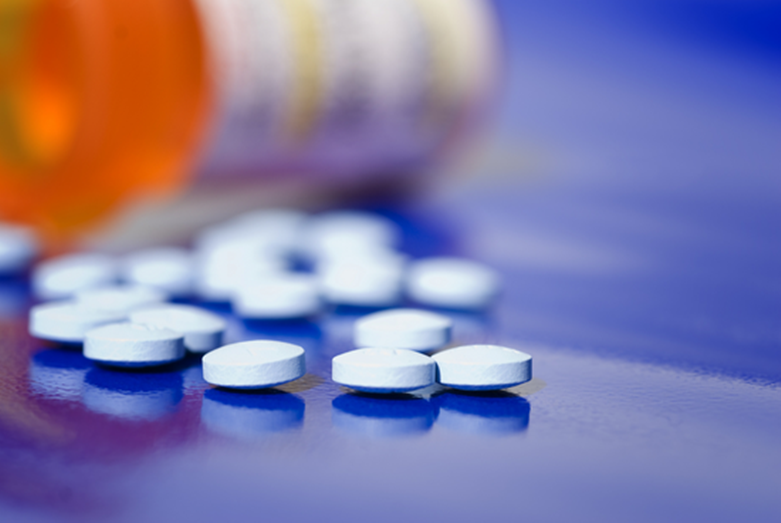Release date: 2015-12-29
On December 28th, foreign media VentureBeat recently published an article saying that the next stop for personalized medicine would be 3D printing drugs.
In the past decade, the line between 3D printing and the actual manufacturing realization has become blurred. Developed at the Massachusetts Institute of Technology (MIT), computer-assisted 3D printing technology opens up new and exciting revolutionary possibilities for customized medicine.
MIT chose to license its 3D printing patent technology to various applications. Aprecia Pharmaceuticals, a US pharmaceutical company, acquired exclusive rights to use 3D printing technology for pharmaceutical purposes in 2007.
Aprecia successfully deployed the technology and developed the world's first 3D printed Spritam (chemical name: levetiracetam, a drug for epilepsy). The printed pills are highly permeable and dissolve quickly when exposed to water. This is undoubtedly an unparalleled feature that makes the pill work well – resisting sudden convulsions.

3D printing enables the manufacture of high-dose, fast-dissolving pills, giving doctors the ability to customize and fully control the rate and intensity of drug delivery.
The intensity and time of dose release can be controlled by printing complex shapes to change the surface area of ​​the pill. This can be a great help for achieving safer, more efficient dose management.
Manufacturers can also adjust their products to their individual preferences, such as choosing different dose strengths, pill sizes, tastes and colors. If powdered drug compounds are not difficult to obtain, patients can choose not to be inconvenient pills, capsules or liquids, and instead choose drugs that are much easier to digest. For patients with dysphagia, such as young children and physically injured, customizability can especially come in handy.
Major breakthrough
3D printing is a major breakthrough in the era of customized medicine and personalized treatment.
This breakthrough technology also allows manufacturers to move their production and distribution processes closer to consumers. As design and operational efficiencies continue to improve, printers of all functions may be deployed where it is convenient for patients. Hospitals and pharmacies can create medicines based on their own pharmacies, eliminating the need to store large quantities of generic drugs. They can also make unusual compounds on their own, reducing patient waiting time, which can also help save more lives in time-sensitive emergencies. Once the supply chain has this flexibility and scalability, both suppliers and consumers will be able to enjoy the low cost and low cost benefits of operational efficiency.
Some people even suspect that 3D printing will become commonplace, so that patients can print drugs at home.
In theory, this technology allows users to easily print medicines of any size, shape and dosage. All they need is a downloadable prescription and a guide to the operation of the 3D printer. As long as their home printers have the necessary base compounds, they can synthesize any medicine they need. It's like using recipes from a cookbook, and the process is cut in half.
Major concern
However, while it is easier to make pills than to make cookies, this type of technique should trigger some of your thoughts.
The current drug manufacturing process is unlikely to be intervened, but 3D printing of drugs may not be the case. Moreover, 3D printers may be hacked and used to produce counterfeit drugs or secretly produce illegal drugs.
The wide-ranging and global nature of such technologies also means that in the event of problems, the definition of responsibility is vague.
Drug companies need to ensure that their product prescriptions comply with regulatory requirements, while also ensuring a simple printing process to avoid human error and damage. They also need to ensure the safety of their equipment and prevent criminals from trying to reverse-produce patented products. Drug regulatory agencies have to develop guidelines for mass marketing licenses for 3D printed drugs.
More importantly, if a technical error or machine failure causes the drug to be printed improperly, causing the patient to be injured or killed, who should take responsibility?
Is it a prescription drug company, a patient who prints a prescription, or a middleman who manufactures drugs or is responsible for maintaining the machine? Although 3D drug printing technology needs to solve several major concerns before it becomes mainstream, considering its various benefits, it is worthwhile.
The technology is expected to revolutionize the pharmaceutical manufacturing industry, opening up possibilities that sound like science fiction. It produces a drug that delivers a dose at regular intervals, which turns a whole day's dose into a pill that is easy to swallow. This will bring great convenience to patients, especially the elderly. Think about the possibility of using it to make special medicine pills for treating difficult diseases. In addition, 3D printing manufactures medicines at a much lower cost than existing technologies, and it can be manufactured entirely according to your prescription and personal preferences.
Perhaps, one day, there will be a pill that can cure all diseases.
Source: NetEase Technology
This hot air circulating drying oven is tray mode intermittent universal drying equipment which is high in utility, widely used in medicine, chemical industry, food industry, light industry, electronics and other fields.
1.This drying machine uses electric heating elements as the heat sour
2. The material is stainless steel,keep the machine durable using.
3.After switching on the electric power, switch on the fan. The rotational direction of fan shall consist with the mark.
Fruit Drying Machine,Vegetable Drying Machine,Food Drying Machine,Drying Machine
Zhucheng Tongxi Commercial And Trade Co.,Ltd. , https://www.blackgarlicgroup.com